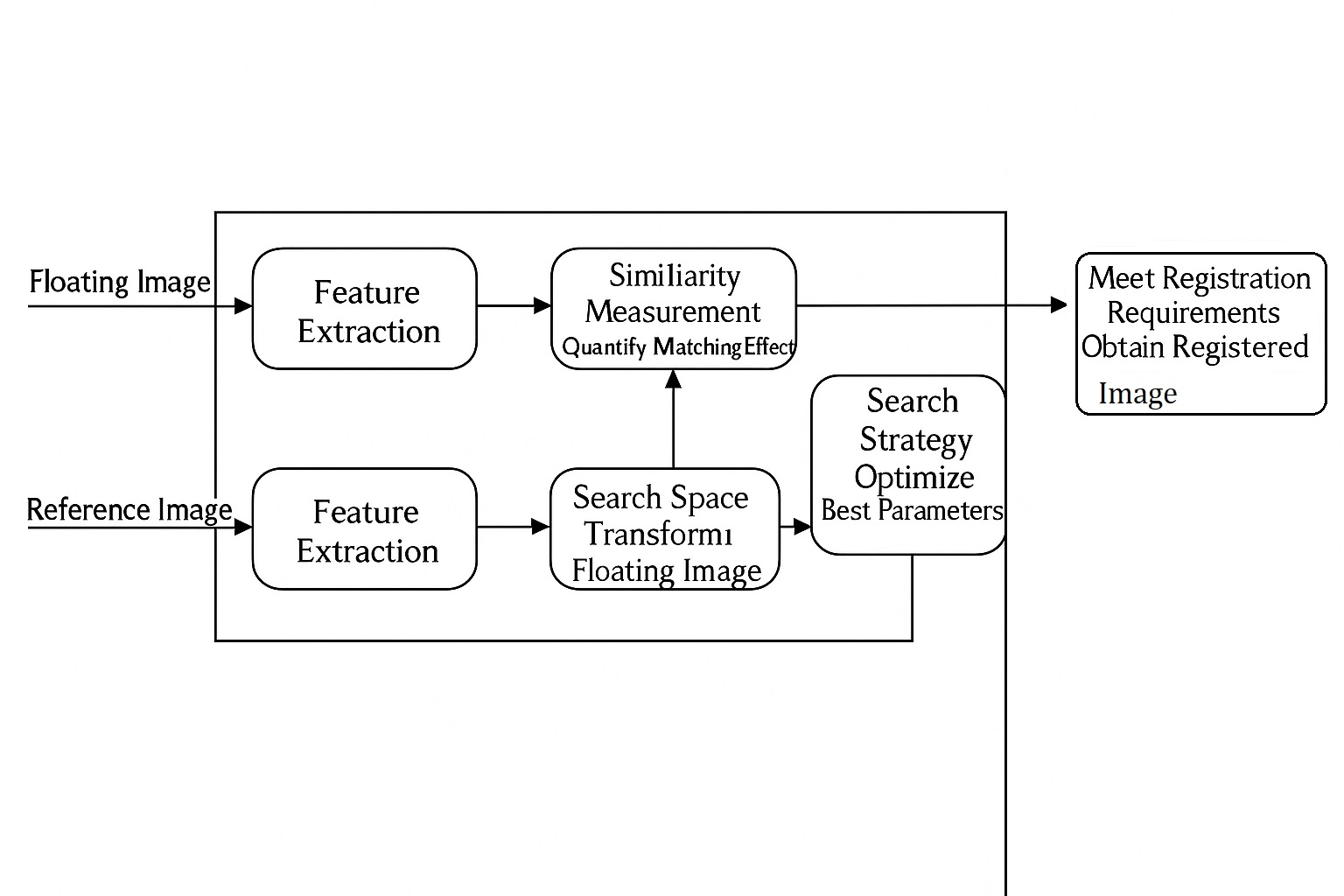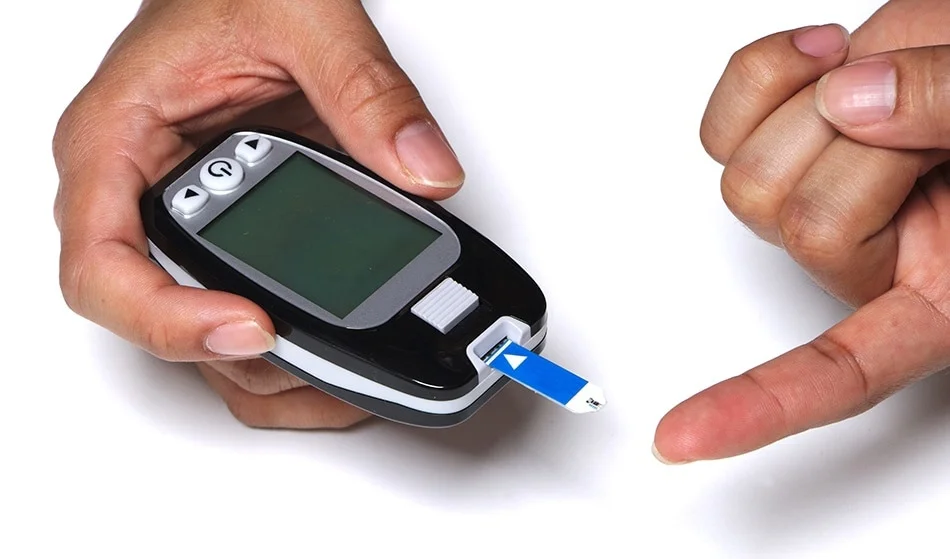Overview
The traces on a pulse oximeter mainly reflect changes in blood oxygen saturation and the pulse. Typically, the display consists of two parts: the pulse waveform and the blood oxygen saturation (SpO2) waveform.
Pulse waveform
The pulse waveform shows the rhythm and strength of the heartbeat. Peaks and troughs on the trace correspond to individual heartbeats. The amplitude of the waveform relates to pulse strength: higher peaks indicate stronger pulses, while lower peaks indicate weaker pulses.
SpO2 waveform
The SpO2 waveform shows the percentage of hemoglobin saturated with oxygen, i.e., blood oxygen level. This trace represents how SpO2 varies over time. Under normal conditions, SpO2 should be above 95%.
Interpreting the traces
By observing the shape and variation of these waveforms, you can infer pulse regularity, pulse strength, and fluctuations in blood oxygen saturation. Specific device operation and trace interpretation can vary by brand and model.
What is the waveform shown below the main display?
The waveform beneath the main display usually refers to the blood oxygen saturation trace, also called the pulse oximetry waveform. It is a time-series plot of SpO2 values.
The SpO2 waveform reflects the change in oxygen saturation within a cardiac cycle. Peaks correspond to saturation maxima and troughs to minima. Within each heartbeat cycle, SpO2 fluctuates under the influence of cardiac contraction, respiration, and other factors.
Measurement principle and notes
Pulse oximeters use optical sensors or probes to detect SpO2 and convert the data into the waveform shown on the device. This visual output helps clinicians or users monitor dynamic changes in oxygenation for assessment.
Note that the waveform displayed by the oximeter represents the device's measured SpO2 data; interpretation should be made in the context of other relevant clinical information and measurements.
 ALLPCB
ALLPCB








